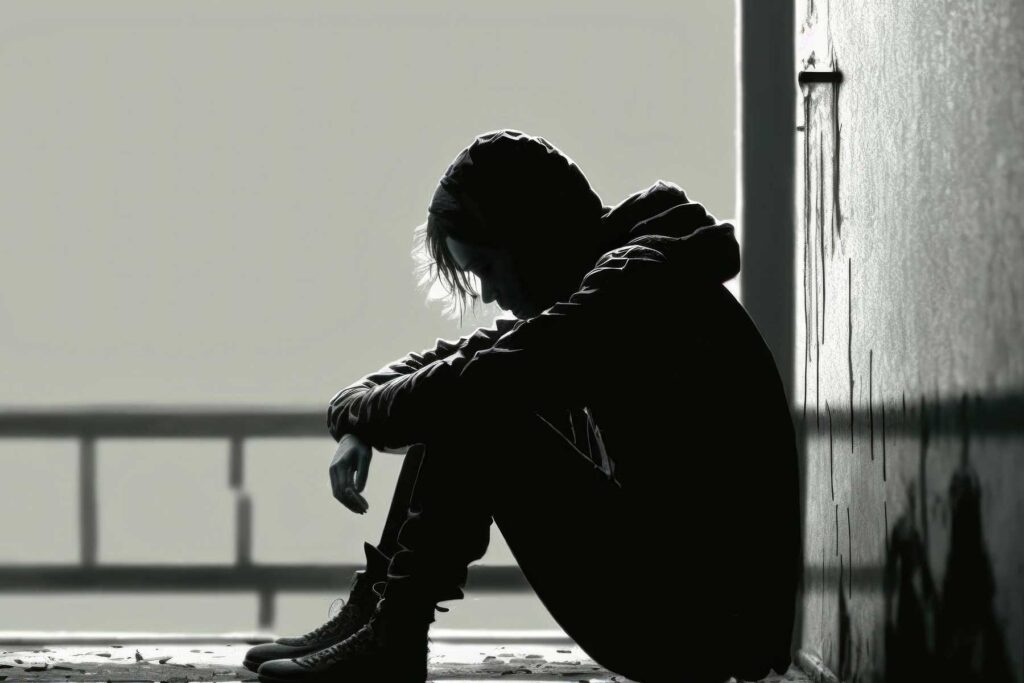Suspecting someone you love uses heroin is a painful situation for anyone. We all know about the dangers of these drugs. But what are the physical signs of heroin abuse and how else can you detect the truths of your loved one’s behaviors?
Do you need more information about a heroin detox center or a heroin rehab program? Call us today at 844.875.5609.
About Heroin Abuse
Heroin, also called diamorphine, is a recreational drug used around the world. Few, if any, cities or towns in the United States remain unaffected by this powerful drug. All too many communities struggle with what we call the opioid epidemic and its consequences of addiction, life damage, and death.
For people who take heroin, the physical signs of heroin abuse feel overwhelmingly positive. Heroin affects the opioid receptors of the brain, reducing the feelings of pain and providing a soothing and euphoric high. Because of the draw of positive heroin use effects against the negative effects of heroin abuse, stopping heroin use feels overwhelming. You also find yourself trapped by withdrawal symptoms, making a heroin addiction treatment center your only way out.
Physical Signs of Heroin Abuse
People using heroin show physical signs of heroin abuse. If you look closely, you see these heroin use effects. They include:
- Pinpoint pupils
- Sleepiness
- Slow movement
- Injection marks
- Poor personal hygiene
- Withdrawal symptoms
- Nodding out
You first notice pinpoint pupils and sleepiness, before other physical signs of heroin abuse. You start seeing the person you love moving more slowly than usual. They take a long time to complete tasks and fail to fulfill their responsibilities. They probably also nod out to sleep or unconsciousness while talking to you, eating or sitting up.
As you start connecting these signs, other negative effects of heroin abuse start making sense, too. You see track marks on their body, notice poor hygiene, and pick up on withdrawal symptoms they suffer when they do not use their drug.
Items Used in Heroin Abuse
Items used to abuse heroin fall into the category of paraphernalia. You can find some of these items in your loved one’s bedroom, bathroom, personal effects, or car. What you find depends on how they use their drug, such as by injection, smoking or snorting.
People who inject heroin keep syringes, needles, a metal spoon, cotton balls, and belts or large rubber bands. Smoking heroin involves glass pipes, spoons, tin foil, cigarette lighters, butane lighters, and straws. When snorting heroin, many people use mirrors, flat surfaces like tables, razor blades, or credit cards to create “lines” and straws or rolled up dollar bills.
Help for Heroin Addiction
Loving someone with a heroin problem hurts your heart, as much as it destroys their life. But you can help them fight their addiction and achieve the recovery they deserve. Programs to look for include:
Medical Detox
Medical detox is a program of medically-assisted withdrawal from drugs or alcohol. It involves the use of medications and other medical interventions to help treat the physical symptoms associated with drug or alcohol addiction. Medical detox can reduce withdrawal discomfort, minimize cravings, and provide a safe environment for recovery.
Inpatient Rehab
Inpatient rehab is a residential program where people can receive 24-hour care and treatment for their addiction. In inpatient rehab, individuals live at the facility and are provided with evidence-based therapies such as cognitive behavioral therapy (CBT), dialectical behavior therapy (DBT), and individual counseling.
Day Treatment
Day treatment for addiction is a program of outpatient care where people attend treatment during the day and return home in the evening. The goal of day treatment is to help individuals become stable enough to transition into long-term recovery.
Intensive Outpatient Program
An intensive outpatient program (IOP) offers multiple services during the day. IOP may include individual and group counseling, medication management, life skills classes, relapse prevention strategies, and family therapy. The primary goal of IOP is to provide individuals with the tools they need to manage their recovery outside of a residential setting.
Extended Care Program
An extended care program provides support and services to individuals who have completed primary treatment. The goal of extended care is to help individuals become self-sufficient in managing their recovery and reduce the risk of relapse. Extended care programs can last from several weeks to several months, depending on an individual’s needs.
Dual Diagnosis Treatment
Dual diagnosis treatment combines mental health and addiction services. Treatment can include psychotherapy, medication management, lifestyle changes, 12-step meetings, support groups, and other evidence-based interventions.
Take the First Step
Promises Behavioral Health, headquartered in Laguna Beach, CA and through multiple locations in the U.S., treats heroin addiction. Look for the physical signs of heroin abuse in the person you love, to understand the help they need. When you see these signs, call Promises Behavioral Health at 844.875.5609 to help them start a new life by putting heroin in their past.

